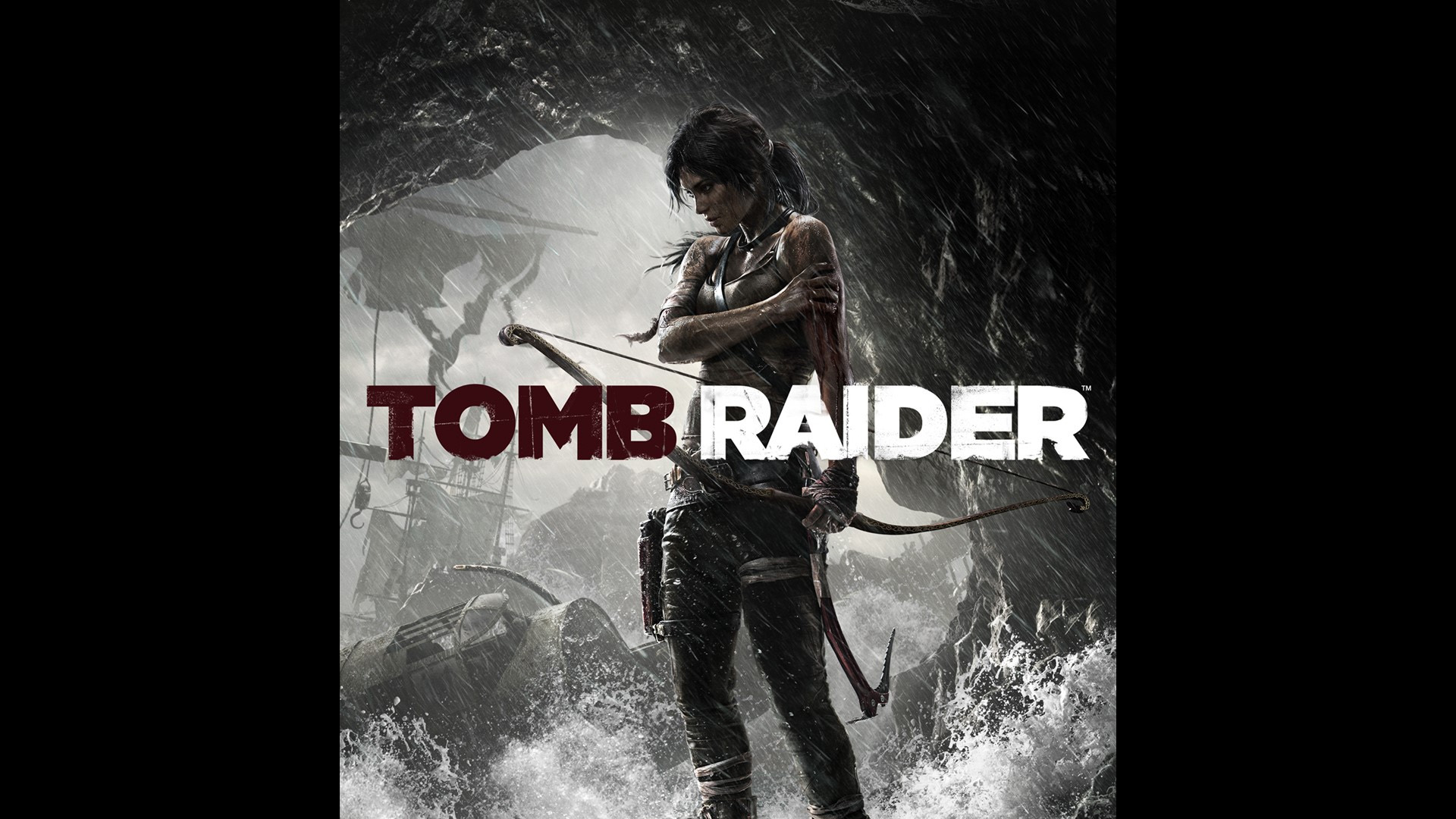Tomb Raider (2013)
The Beginning Of When Tomb Raider Dared To Be Different
I have a pretty cool friend who is an amazing Tekken player as well as a die-hard Tomb Raider friend who goes by Furogu. Watching one of their Tomb Raider 2 streams one night, made me think about how initially polarizing the Tomb Raider reboot was, even before its release. When gameplay footage was first revealed, I remember many long-term Tomb Raider fans dismissing the game for being completely different than anything in the past. At least, that was the general consensus I got from the media at the time.
At first glance, it’s easy to understand why many of its gameplay elements were immediately compared to the Uncharted series in terms of how Lara travels through the terrain, engages in gunplay, and the scripted events that occur sporadically through Lara’s journey. Ironically, the Uncharted series, from the beginning, took inspiration from Tomb Raider as both series focus on protagonists who “raid tombs,” explore exotic locations, engage in combat with opposing factions, and occasionally deal with the supernatural all the while as a solo “one-man/woman army.”

The thought of the Tomb Raider reboot taking inspiration from the series that initially drew inspiration from itself is an amusing one, but the comparisons between the 2013 reboot to other games in the Tomb Raider series prior are honestly unfair, especially if fans consider the history of the franchise itself.
The Tomb Raider franchise is best known for having its original series, led by Core Design, beginning with the original Tomb Raider and spanning six games. The abysmal Angel of Darkness was the last game developed by Core before responsibilities shifted to Crystal Dynamics. Beginning with 2006’s Legend, Crystal Dynamics also developed the Anniversary title and Underworld, marking the Tomb Raider Trilogy. After a five-year hiatus, 2013’s Tomb Raider marked the beginning of another series, ending with Eidos Montreal’s Shadow of the Tomb Raider.

In two separate instances did the Tomb Raider franchise have reboots with each reboot different from the previous. The Core-era of Tomb Raider was more adventure and exploration-based, with every level being non-linear, rewarding players for going off the beaten path with hidden treasure, including powerful weapons and important items, or a death trap following a dead end.

The Tomb Raider trilogy forwent the exploration in exchange for fast-paced action, completely overhauling the gameplay. While the reboot was successful in its merit, compared to the Core Tomb Raider games, it was far too linear and action-focused, which was the subject of criticism for fans at the time. The second reboot took traits from both the Core era, providing emphasis on exploration and adventure, while also holding the player’s hand enough to lead them from straying too far from the beaten path.
What most fans fail to realize is that the various eras of Tomb Raider add to the identity of the franchise. When some fans complained that the newer Tomb Raider titles aren’t like the other games in the past, which games are they referring to? No two series were similar to each other at any point as Lara’s story is retold, turning Ms. Croft into a legendary figure as each developer has a different story to tell about the “Legend of the Tomb Raider,” coincidentally.

Having played and beat Tomb Raider 2013 a few years ago, the first game in the reboot, the experience was more enjoyable bearing everything said above in mind. The Lara in 2013 is different from the Lara in 2006, which is also different from the Lara in 1996. Resources from various wildlife, including animals and fauna, are a necessity to upgrade Lara’s equipment as the game serves as an origin story. Before her iconic dual-wielding revolvers and other weaponry being a part of her arsenal, Lara is equipped with nothing but a makeshift bow for the majority of the game.
Considering the circumstances of Lara’s survival, if the bow is the only weapon she had aside from a climbing ax, it would make sense for the devs to make the bow a powerful weapon. What made the bow overpowered is how easy it was to aim with the bow to line up headshots combined with its inherent stealth capabilities and the ability to retrieve arrows from corpses meant that a bow made from nature somehow has the accuracy and power of a silenced sniper rifle with nigh-infinite ammo. Honestly, the bow itself trumped all of her iconic weapons of the past to the point where it became a staple of her’s in its own right.
While this was intended to be a review for a game that I moderately enjoyed, it turned into an opinion of the series itself through my lens. Tomb Raider wasn’t a series that I can say I was a superfan of, but it was a series that had been a core in growing up as a young gamer, no pun intended.
To see the series grow into an identity past Lara’s sex appeal and return her to a human character was a bold move, but the franchise had proven that it could transcend various generations and remain relevant for over a quarter of a century. It is uncertain when we may see Lara Croft return, especially following the recent shake-up with Embracer acquiring the developers. Whenever our gun-toting adventurer may return, fans like myself will await with bated breath.

